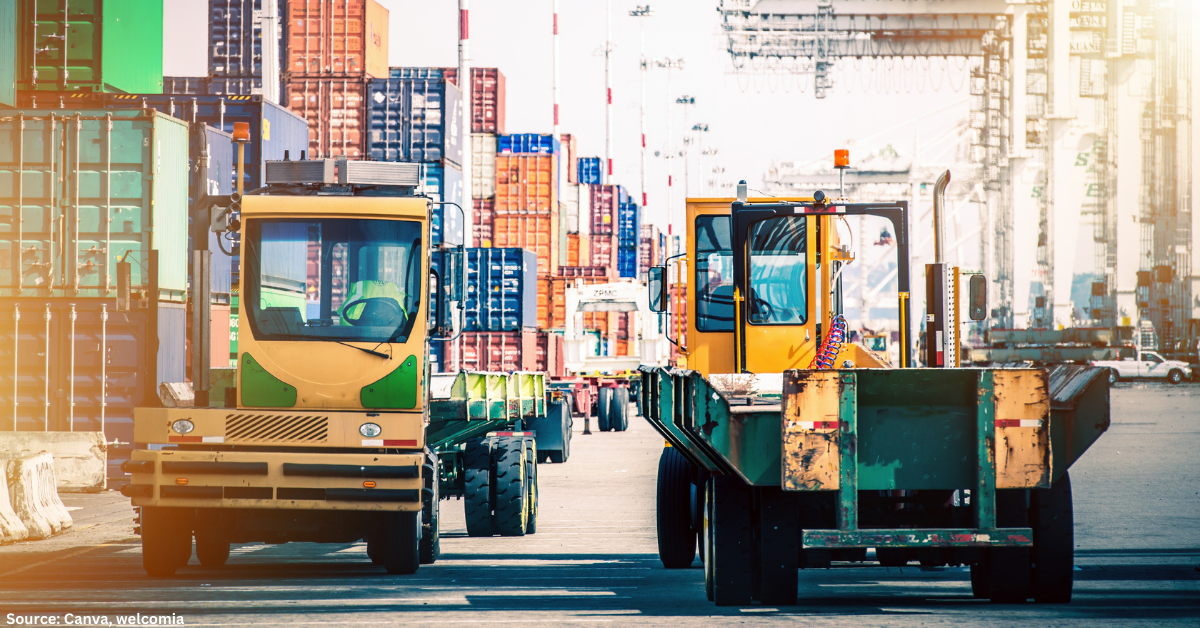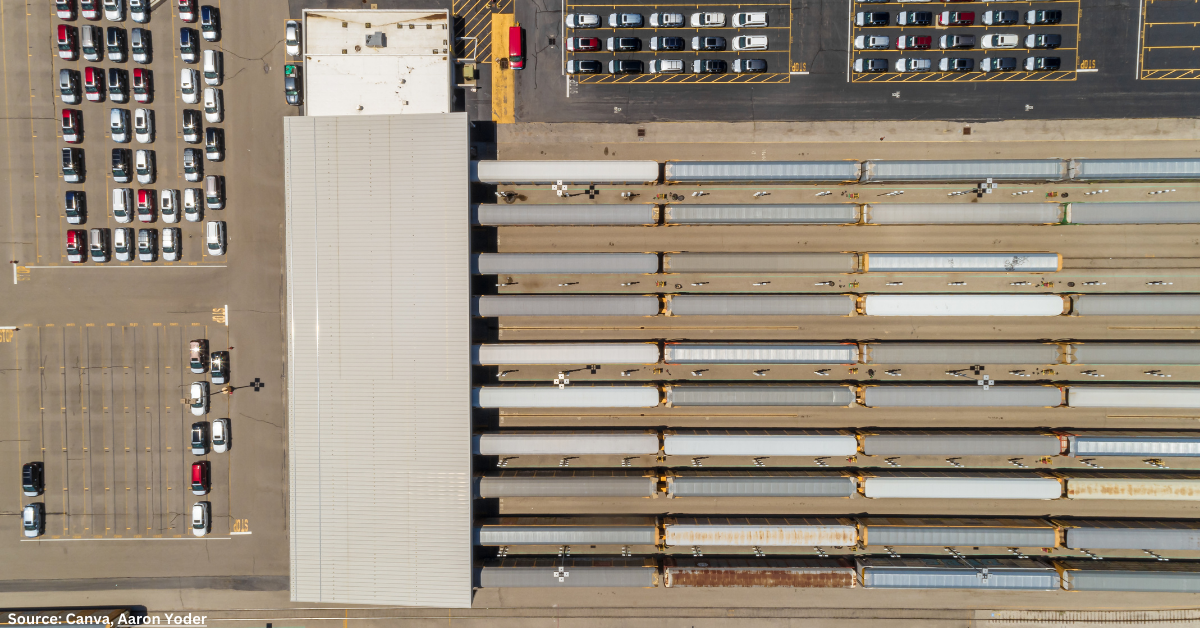In recent years, automation has become an increasingly important aspect of the supply chain landscape. Companies are turning to automation to improve efficiency, reduce costs, and increase productivity. The benefits of automation in the supply chain are clear, but what exactly is automation and how is it transforming the supply chain landscape?
Automation is the use of technology to perform tasks without human intervention. In the supply chain, this can include the use of robotics, artificial intelligence (AI), and machine learning (ML) to automate processes such as inventory management, order fulfilment, and transportation.
Benefits of automation in the supply chain
One of the biggest benefits of automation in the supply chain is increased efficiency. Automated processes are faster and more accurate than manual processes, which can reduce the time it takes to complete tasks and improve overall productivity. Automation can also reduce costs by eliminating the need for manual labour, which can be expensive and prone to error.
Another benefit of automation in the supply chain is increased visibility. Automated systems can provide real-time data on inventory levels, order status, and shipment tracking. This can help companies make more informed decisions and respond quickly to changes in demand or supply chain disruptions.
One area where automation is having a significant impact is in warehouse operations. Automated warehouse systems can use robotics and AI to pick and pack orders, manage inventory, and track shipments. This can reduce the need for human labour, improve accuracy, and increase efficiency.
Another area where automation is transforming the supply chain landscape is transportation. Automated vehicles, such as drones and self-driving trucks, can deliver goods more quickly and efficiently than traditional vehicles. They can also reduce the risk of accidents and improve safety on the road.
Challenges of automated systems
However, while automation can bring many benefits to the supply chain, it also poses challenges. One of the biggest challenges is the cost of implementing automated systems. Automation can be expensive, and many companies may not have the resources to invest in these systems.
Another challenge is the potential for job displacement. As more processes become automated, there may be a decrease in the need for manual labour in the supply chain. This could lead to job losses and a shift in the types of skills that are in demand in the industry.
Automation is transforming the supply chain landscape by improving efficiency, reducing costs, and increasing productivity. While there are challenges associated with implementing automated systems, the benefits are clear.
As technology continues to evolve, automation will become an increasingly important aspect of the supply chain, and companies that invest in these systems will be better equipped to meet the demands of an ever-changing market.

























































Follow us on social media